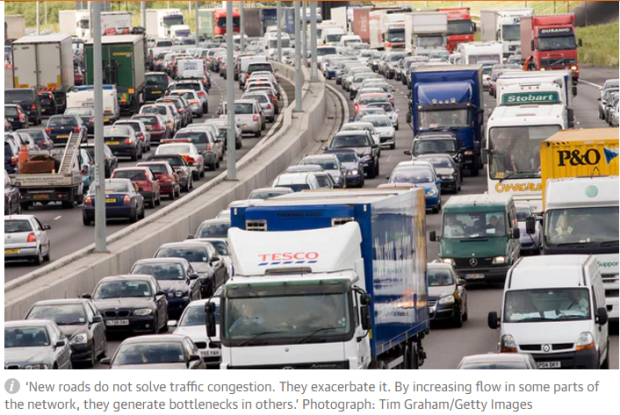Alternatives assessment or alternatives analysis is a problem-solving approach used in environmental design, technology, and policy. It aims to minimize environmental harm by comparing multiple potential solutions in the context of a specific problem, design goal, or policy objective. It is intended to inform decision-making in situations with many possible courses of action, a wide range of variables to consider, and significant degrees of uncertainty.
Since the early 1970’s transportation planners apply a multi-modal and/or comprehensive approach to analyzing a wide range of alternatives and impacts on the transportation system to influence beneficial outcomes
Penang’s SRS ca. RM 50 bn “Transport Master Plan” does not make scientific use of an essential transport planning and decision tool, namely Alternatives Analysis to test and compare alternative solutions to identified mobility solutions (see below). This is a grave deficiency which discredits the entire body of proposals,, methodology and recommendations currently being actively pushed by the state government and their under-qualified consulting partners whose expertise lies in other sectors than strategic transport planning and policy..
Continue reading →






 This section is intended to be developed into an international reference set to be useful for researchers, students, the media and for concerned citizens and activists on the lookout for ideas and strategies which can be put to work in their own cities.
This section is intended to be developed into an international reference set to be useful for researchers, students, the media and for concerned citizens and activists on the lookout for ideas and strategies which can be put to work in their own cities.





 William Spenser Vickrey, winner of the Nobel Prize for Economics, is considered the father of Congestion Pricing. He first proposed it in 1952, for the New York City subway system, recommending that fares be increased in peak times and in high-traffic sections and be lowered in others. Elected officials considered it risky at the time, and the technology was not ready. Later, he made a similar proposal for road pricing.
William Spenser Vickrey, winner of the Nobel Prize for Economics, is considered the father of Congestion Pricing. He first proposed it in 1952, for the New York City subway system, recommending that fares be increased in peak times and in high-traffic sections and be lowered in others. Elected officials considered it risky at the time, and the technology was not ready. Later, he made a similar proposal for road pricing.




 The idea of slowing top speeds on traffic in the city to reduce accidents and achieve other important systemic benefits would seem like a pretty sensible, straightforward and affordable thing to do. For a lot of reasons. Let’s have a look.
The idea of slowing top speeds on traffic in the city to reduce accidents and achieve other important systemic benefits would seem like a pretty sensible, straightforward and affordable thing to do. For a lot of reasons. Let’s have a look.